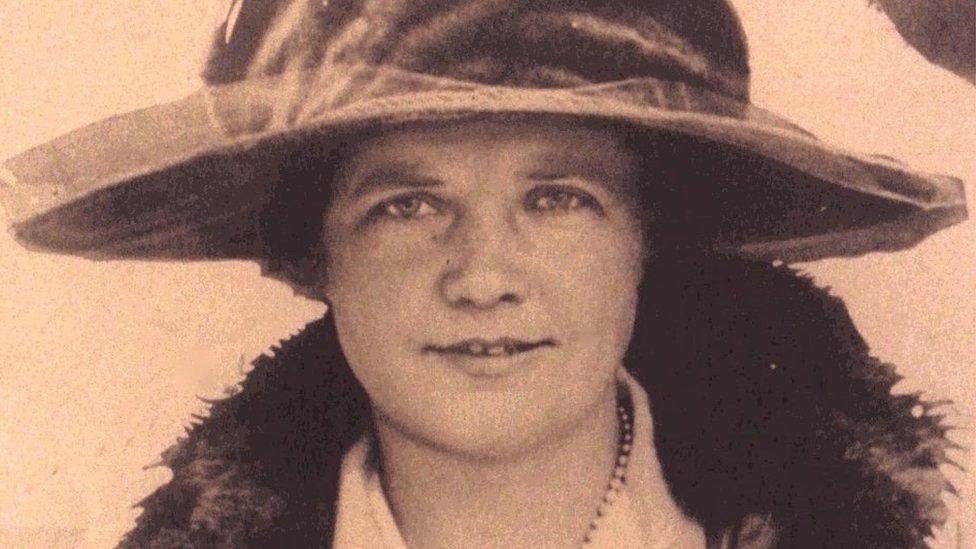Statue honouring suffragette Lady Rhondda unveiled
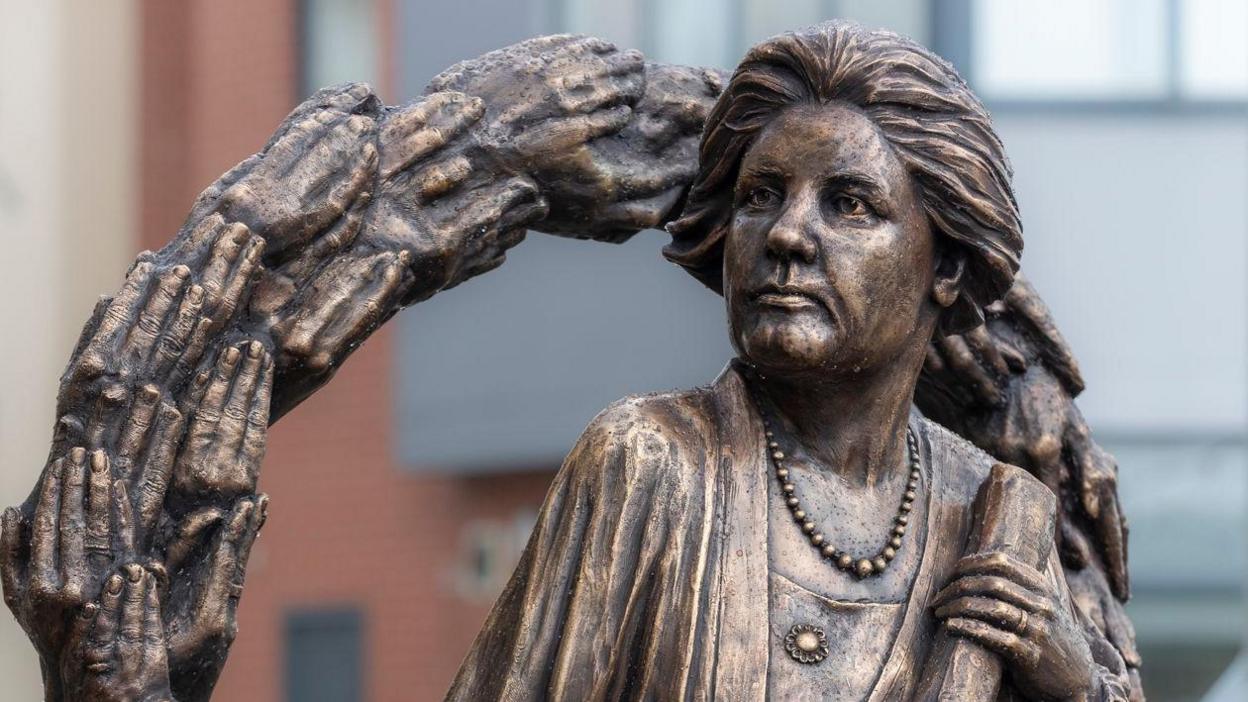
The statue features a circle of clasped hands of around 40 present-day women
- Published
A new statue honouring Welsh suffragette Lady Rhondda has been unveiled in her hometown.
Lady Rhondda, born Margaret Haig-Thomas, grew up in Newport and was a lifelong campaigner for women's equality.
She led a 40-year campaign for women to be allowed to sit in the House of Lords but died just before the law was changed.
Sculptor Jane Robbins created the statue - the fourth in a series of five celebrating inspirational Welsh women.
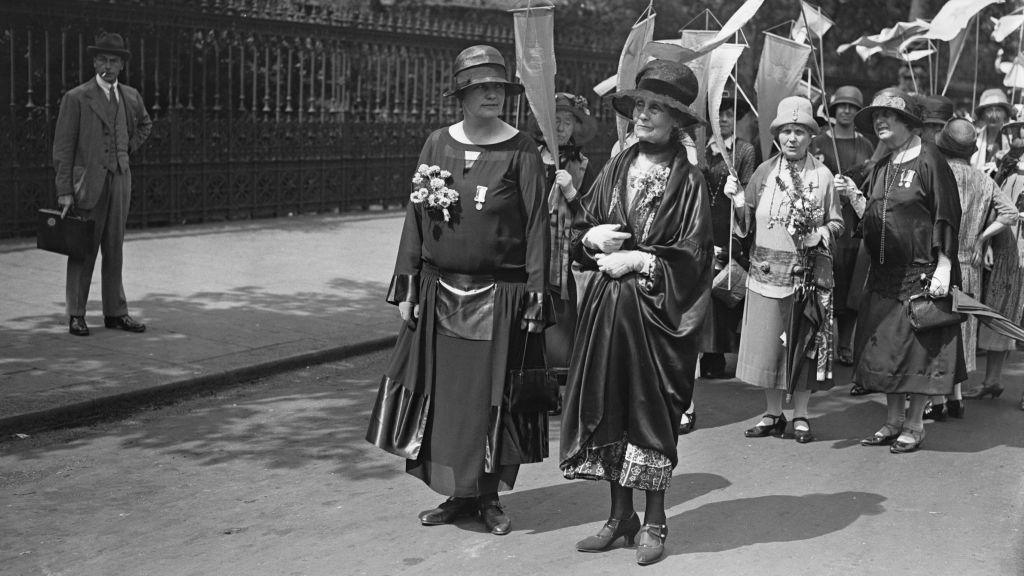
Lady Rhondda (left) campaigned with suffragette Emmeline Pankhurst (right)
Council officers in June gave the green light for the 8ft (2.43m) bronze statue to be placed on the eastern side of the Millennium Footbridge in Newport city centre.
The Lady Rhondda statue features a circle of clasped hands, cast from the hands of around 40 present-day women, among them Lady Rhondda’s biographer Angela V John, history professor Olivette Otele, Wales footballer Helen Ward and community champion Tracey Jones
"The circle of clasped hands represents women of today and recognises the efforts of women in the past who fought for equality, which inspires us to continue to do so for future generations," campaign group Monumental Welsh Women said in a statement.
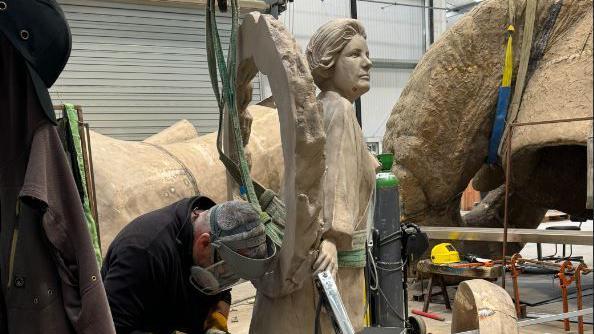
The circle of clasped hands represents women of today and recognises the efforts of women who fought for equality
Born in 1883, Lady Rhondda was the daughter of Liberal politician and businessman Viscount David Thomas.
A woman of privilege, she campaigned with suffragette Emmeline Pankhurst for the right for all women to vote.
She also took part in protest marches with the Pankhursts and attempted to destroy a postbox with a chemical bomb.
She was sent to Usk jail, Monmouthshire, from where she was only released after going on hunger strike.
After her father's death in 1918, she inherited his title but was not allowed to sit in the House of Lords.
She died in 1958 - a few months shy of the first women taking their seats.
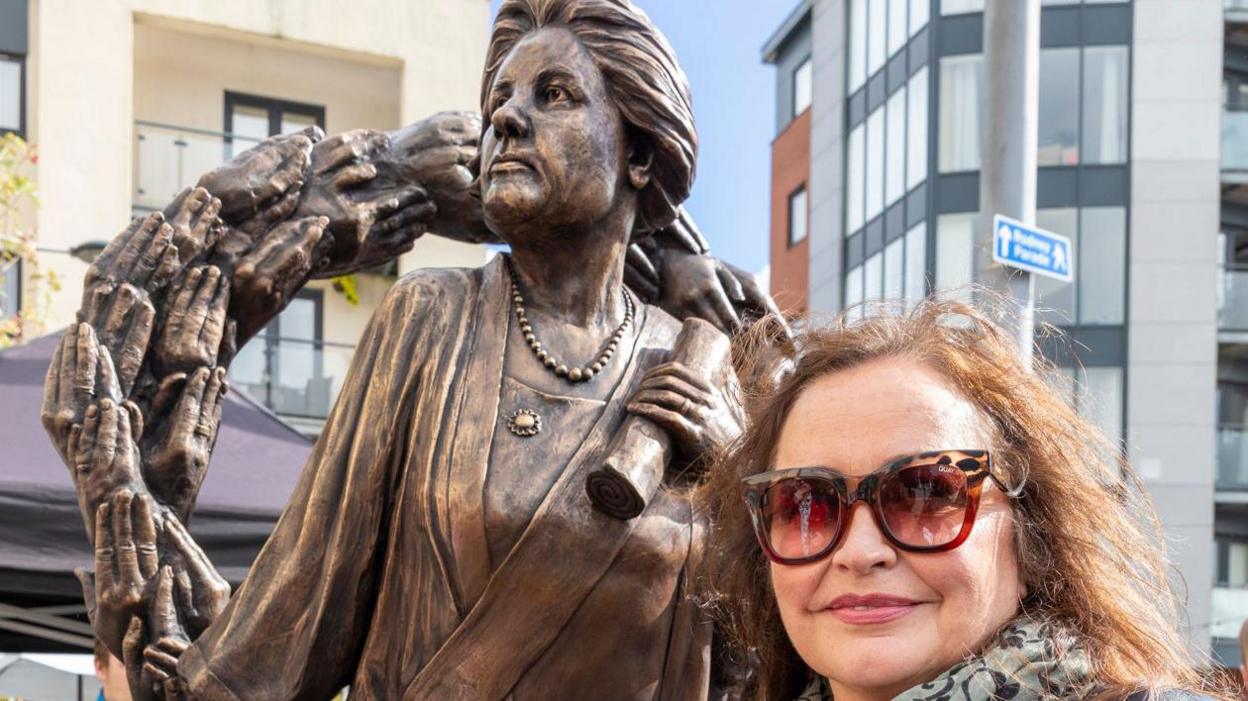
Sculptor Jane Robbins designed and created the statue
Statues already unveiled include a sculpture honouring Betty Campbell, Wales' first black headteacher, and a statue of Elaine Morgan, an evolutionary theorist, journalist and dramatist.
A statue of the poet Cranogwen, the first woman to win a poetry prize at the National Eisteddfod, has also been unveiled.
Elizabeth Andrews, one of the most influential Welsh female political activists of the early 20th Century, will be honoured in a fifth and final statue.
Related topics
- Published4 December 2022
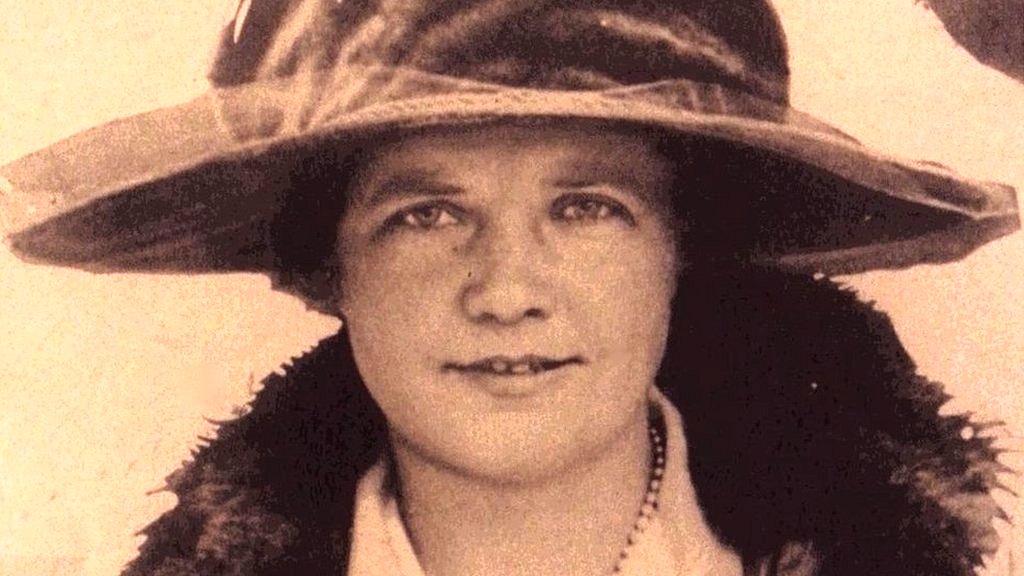
- Published8 June 2024
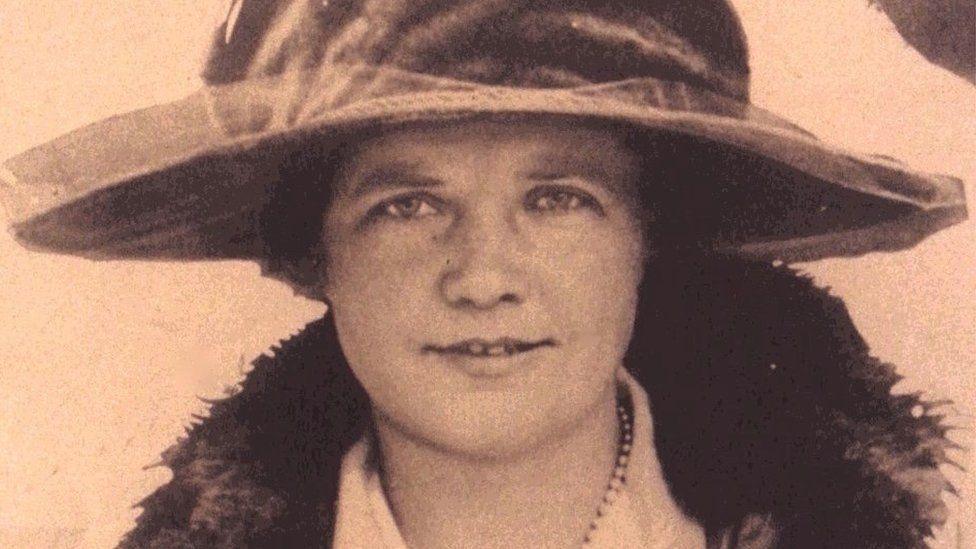
- Published11 January 2019
